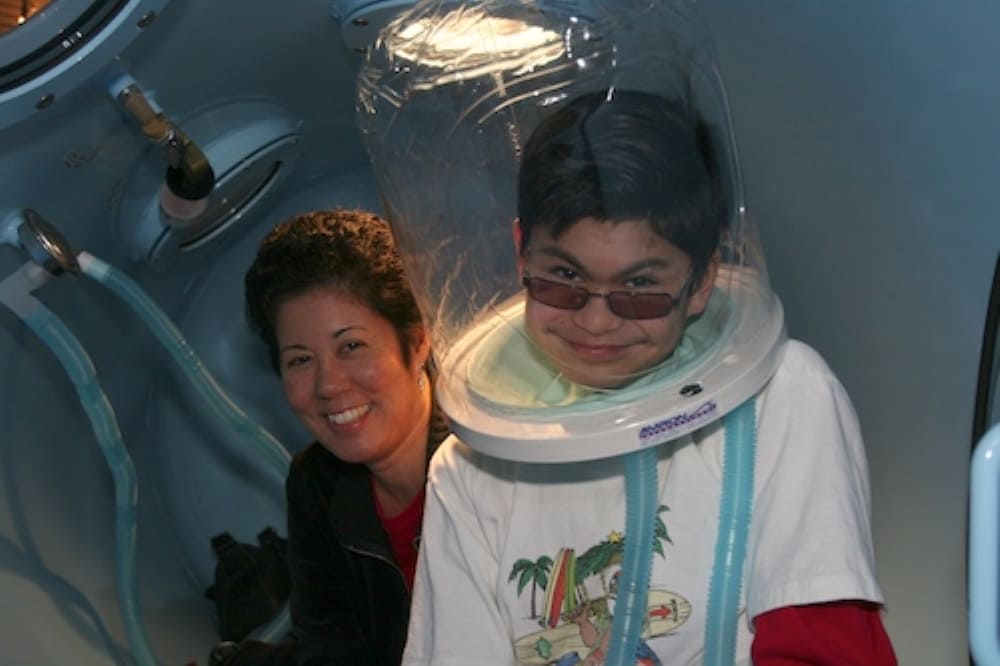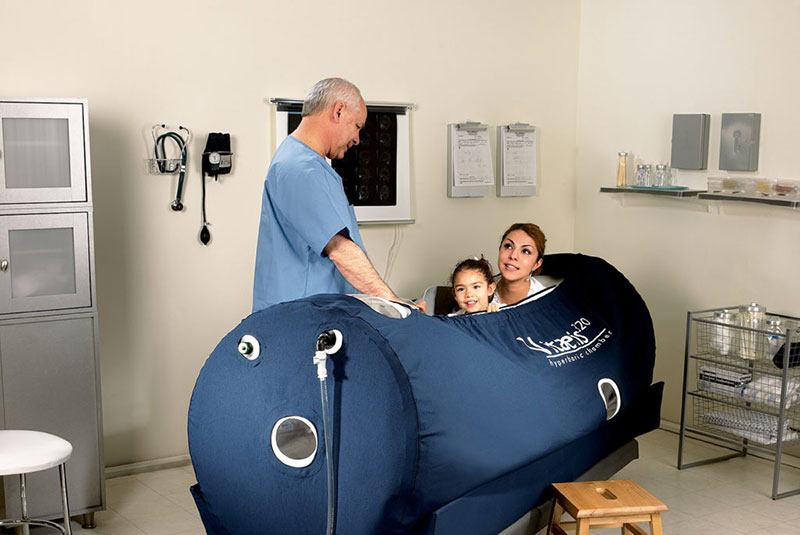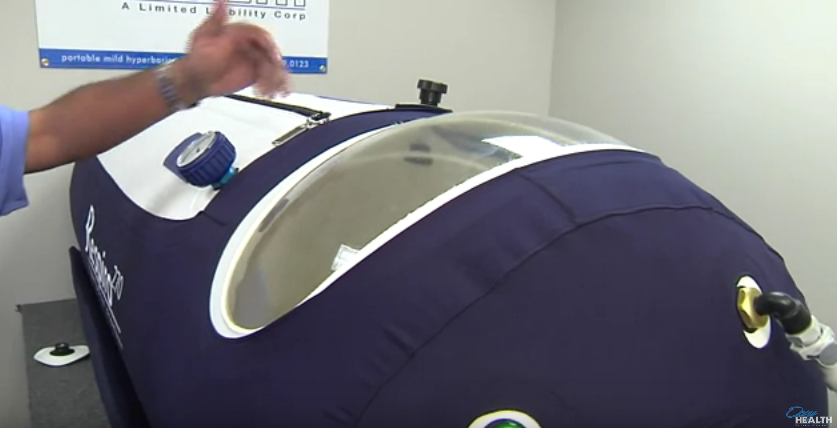When it comes to Autism, very few tried and tested standard treatment methods exist, precisely why medicos are widely considering alternative forms of treatment like Hyperbaric Oxygen Therapy (HBOT).
Several studies have revealed how using a hyperbaric chamber can help address recurring inflammation and damage caused in the brain, a precursor to Autism. Thus, HBOT has helped several families fighting Autism curb recurring symptoms and find a way to add more smiles to their lives.
In this post, we take a look at the science behind hyperbaric oxygen therapy and how using a hyperbaric chamber can significantly better the lives of people with Autism.
Autism – What the current treatment system looks like
Truth be told, there is currently no approved treatment to fight the core symptoms of Autism.
A large part of the existing treatment involves therapies focused on boosting social interaction to lessen the dependability of a caregiver. Some of the most popular treatment methods focused on improving behavioral patterns include:
- Applied Behavior Analysis (ABA)
- Early Start Denver Model (ESDM)
- Occupational therapy, Pivotal Response Treatment (PRT)
- Relationship Development Intervention (RDI)
- Speech therapy
For medications, it primarily targets a range of symptoms that include the usuals like treating seizures, hyperactivity, and anxiety.
Reportedly, the first-ever FDA-approved drug for Autism was Risperidone, which chiefly targeted a range of behavioral symptoms, including self-injury and aggressive behavior. To treat another commonly experienced symptom, irritability, the choice of drug is Aripiprazole, which is again FDA-approved.
Among other alternate treatment forms, deep pressure therapy, dietary changes, and chelation work to remove heavy metals from the body.
The Role of HBOT In Treating Autism
Multiple studies have concluded people who have Autism depict signs of high inflammation, malfunctioning immunity, reduced oxygenation, and blood flow.
In other words, a perfect scenario where a hyperbaric chamber can come to the rescue to reverse the odds.
For people who aren’t aware, HBOT therapy uses a hyperbaric chamber delivering pure, unadulterated oxygen to the patient seated right within the chamber.
As one breathes in pure oxygen, it gets picked up directly by the bloodstream, thereby positively affecting the level of oxygen in the body and curbing inflammation. Specifically for Autism, a hyperbaric chamber packs great efficacy to help improve the following:
- Sleep patterns
- Cognitive awareness
- Lessen the number of episodes of aggressive behavior
- Bring down hyperactivity
- Help advance social interactions
One of the most pressing concerns with autistic patients is how reduced blood flow across their brains makes way for repetitive behavior, leading to impaired communication. By spending a considerable number of sessions within a hyperbaric chamber, such core symptoms can be significantly dealt with.
Here are a couple of breakthrough studies that trace the role of a hyperbaric chamber in treating Autism.
- A 2009 double-blinded study comprised more than sixty children aged between two and seven suffering from Autism. The children were subjected to HBOT for no less than forty sessions showing marked improvement in receptive language, eye contact, social interactions, and overall functionality.
- Another paper released in 2012 considered a range of HBOT treatments for Autism Spectrum Disorder with significant outcomes like improved cerebral perfusion, thereby reducing the episodes of repetitive behavior and improving emotions and expressions and language development.
Spending time within a hyperbaric chamber accounted for an anti-inflammatory effect as HBOT dramatically reduced neopterin levels, pro-inflammatory cytokine production, and C-reactive protein levels.
And that’s not all.
Patients undergoing hyperbaric oxygen therapy also experienced healthy mitochondrial growth as antioxidant enzymes received a boost.
Therefore, it was conclusive how using a hyperbaric chamber can reduce oxidative stress generally linked with Autism. From verbalizing emotions to language interactions, cognitive awareness, and reduction in gastrointestinal complications, spending time in a hyperbaric chamber has countless benefits.
But the question that gains paramount significance is safety. And that’s only valid, considering HBOT still remains an alternate form of treatment, far from mainstream.
Well, other than a little bit of ear discomfort in some people, nothing extreme was reported. So much so that in the year 2009, HBOT came to be identified as the only available adjunct therapy to be safely administered to autism patients. Out of 219 cases, more than sixty percent reportedly showed positive outcomes.
Wrap Up
Undeniably, using a hyperbaric chamber is nothing new in the case of Autism. HBOT, as an alternative treatment, has long been associated with offering relief where conventional medicines failed. Whether its decompression sickness noted earlier in deep sea drivers or fast-forward COVID scenarios, HBOT managed to save the day on multiple occasions.
With Autism, however, things remain a mixed blessing, and one can only blame the unawareness that keeps parents and caregivers away from trying HBOT. Others who have already embraced the therapy know what it is.
Undergoing HBOT therapy brought about significantly positive outcomes for autistic patients, ranging from improved sleep, better self-confidence, boosted emotional understanding and motor abilities, and increased self-dependence.
When you look at the big picture here, there’s no denying that HBOT as an adjunct treatment holds the upper hand to mainstream treatment for Autism.
Are you a parent or a caregiver to someone suffering from Autism?
Have you ever considered using a hyperbaric chamber?
Get in touch with your medical professional today to discuss the possibilities.




